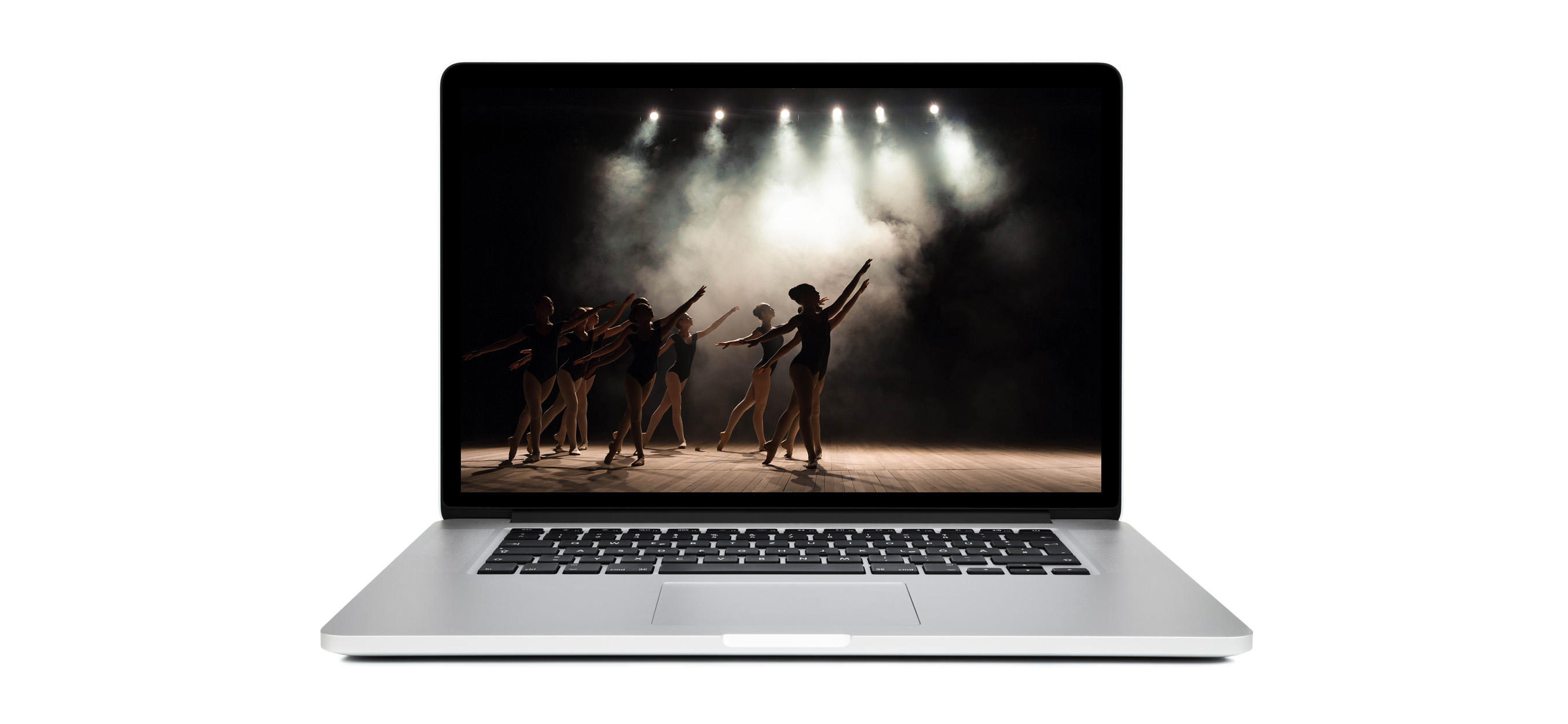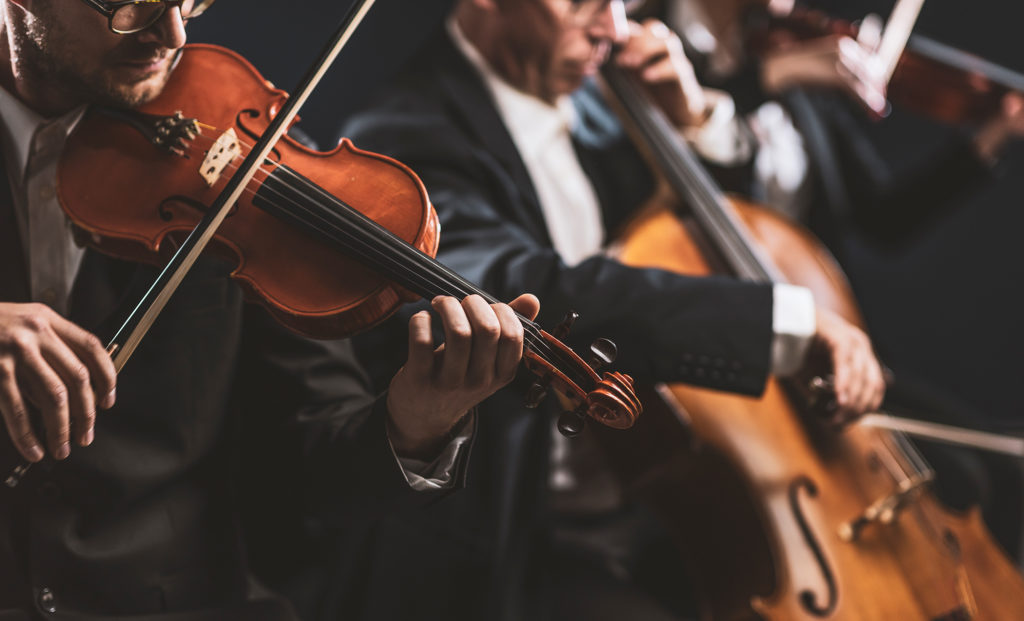
The show must go on … and online, too
Capital City performing arts groups reevaluate their fall seasons
Ballet dancers taking the stage in masks. Theater productions performed entirely on Zoom. Orchestra musicians divided by Plexiglas.
It’s the world we live in now. But it’s one in which the show must go on.
Such is the case for Baton Rouge’s arts organizations as they prepare for a fall season with many COVID-19 restrictions still in place. Performers are required to socially distance on stage; art galleries have to designate routes through their new exhibitions so art lovers don’t crowd together; and audiences must don masks.
|
|
And that’s assuming those audiences show up to the venue, since the admission ticket now might include a link to stream the performances and other visuals at home.
“When everything shut down, I think the change and the drastic situation was a strong source of inspiration for me,” says Garland Goodwin Wilson, artistic director of contemporary dance-theater organization Of Moving Colors. “We launched a digital platform with online programs, and I was really able to sink my teeth into what seemed like a temporary rhythm. Now, it’s a more complicated process to figure out how to serve the dancers in our community and if that should be live or virtual. It’s a nearly impossible task to figure out how an art form whose primary mission is tactile can continue in a pretty un-tactile world.”

Many of these organizations already had their spring seasons canceled or postponed. Then, money-making summer programs like children’s camps were off the table.
By August and September, organizations like Louisiana Art & Science Museum and Baton Rouge Symphony Orchestra would normally be announcing their fall schedules with big events and fundraisers.
But as the summer waned on, the prospect of a regular programming schedule of in-person events seemed more and more bleak.
Restrictions like audience capacity would continue, and artistic directors would also have to consider the safety of their performers. Can a stage play be reworked so the actors are always 6 feet apart? Should a dance company stick to only those pieces where the dancers never touch? Should there be partitions between the wind instrument sections of an orchestra?
Opéra Louisiane faced a particularly difficult prospect, as singing in any kind of group setting posed safety risks. But the organization used the summer to test out a new model. Appropriately dubbed “Shifting Gears,” a duo of socially distant and masked opera singers took to an outdoor stage at the LSU lakes in July to serenade passersby for free.
“We wanted to make sure we had a good sense of what the majority of singers are comfortable with, and that varies a lot from person to person,” says Sinella Aghasi, Opéra Louisiane associate director. “Early on, they were hesitant to perform. But now I think they are more comfortable with masks and all the guidelines.”
But even though the performances attracted attendees, it highlighted a bigger problem. Streaming on social media and providing one-off events in public spaces can keep audiences connected. But does it provide a return on investment when these organizations are facing their toughest times financially?
“It’s been challenging,” Aghasi says. “Ticket sales have been an issue, and we still don’t have a solution.”
For its part, the Arts Council of Greater Baton Rouge has been helping with grant applications and finding other revenue streams. But President and CEO Renee Chatelain says the pandemic has forced a new way of thinking, as well as how to reach new audiences virtually.
“I don’t think we’ll go back to normal totally—there will always be a virtual component.”
Renee Chatelain
“I don’t think we’ll go back to normal totally—there will always be a virtual component,” Chatelain says. “It’s economically challenging, no doubt. But in a way, it’s forcing all of us to go back and say, ‘What is our mission? What do we bring to the table?’”
And what they are bringing to the table this fall is a limited schedule of events, with a variety of ways for audiences to see their work. They’re experimenting with Zoom and onstage arrangements so they can maintain the quality locals have come to expect—and to keep it worth the price of admission.
They’re also expecting to pivot at a moment’s notice if the fall brings another wave of COVID-19 challenges.
“Everything through the end of January has multiple options,” says Of Moving Colors’ Wilson. “We’re moving forward with hybrid options and preparing to be ready for strictly virtual if that’s the case.”
For Molly Buchmann, who has served as Baton Rouge Ballet Theatre’s co-artistic director since 1976, the fall season has helped her reflect on the resilience and adaptability of artists.
“Nothing is the same this year,” Buchmann says. “But the one thing that’s always stood out to me is that creative people are flexible. I think that makes the arts community what it is. I believe we are going to be adaptable. And that may not help us financially, but it’s going to help us get our art out there.”
Visit the Arts Council’s website for resources on how to support local arts organizations. artsbr.org
What’s on for the Fall
A look at how some of Baton Rouge’s many arts organizations will be providing performances and events for audiences this season
This article was originally published in the September 2020 issue of 225 Magazine.
|
|
|


